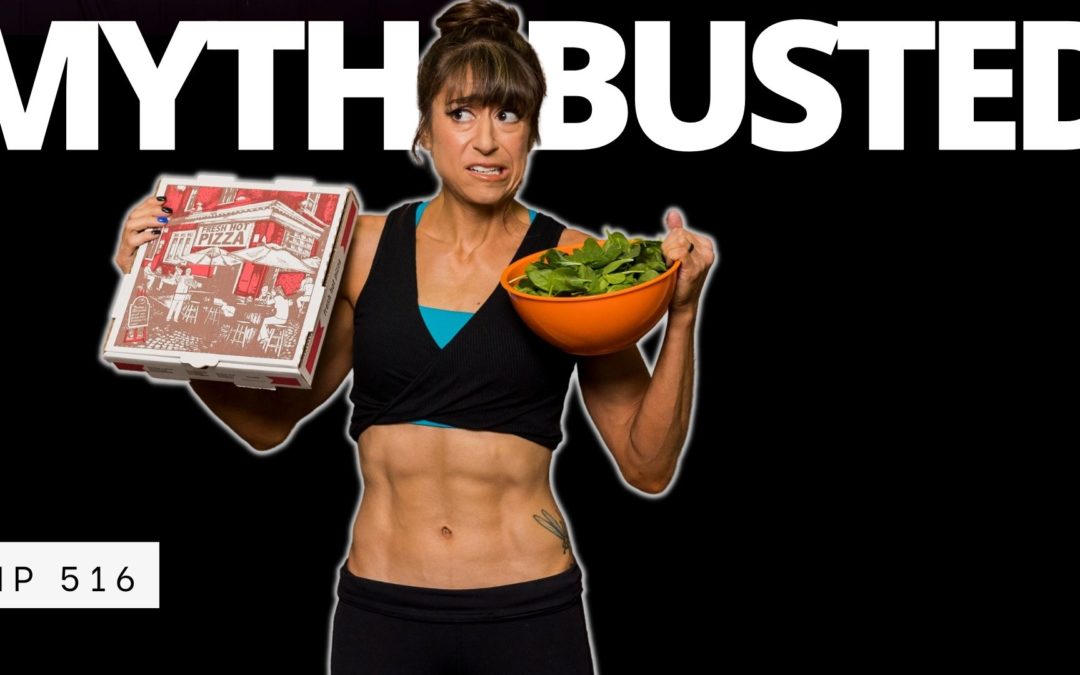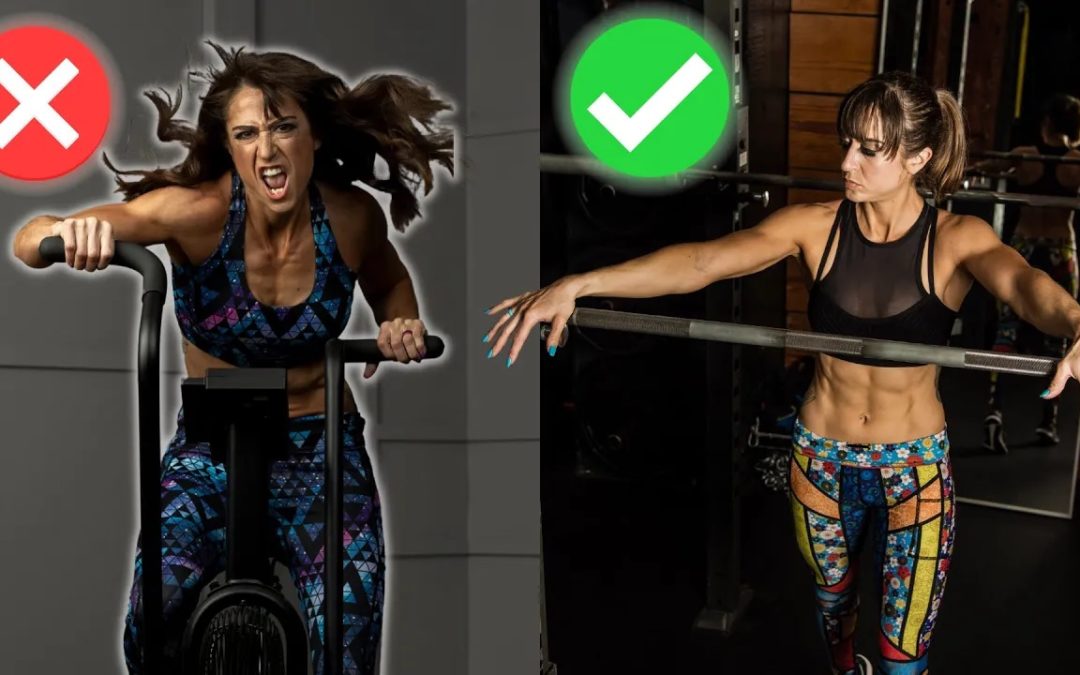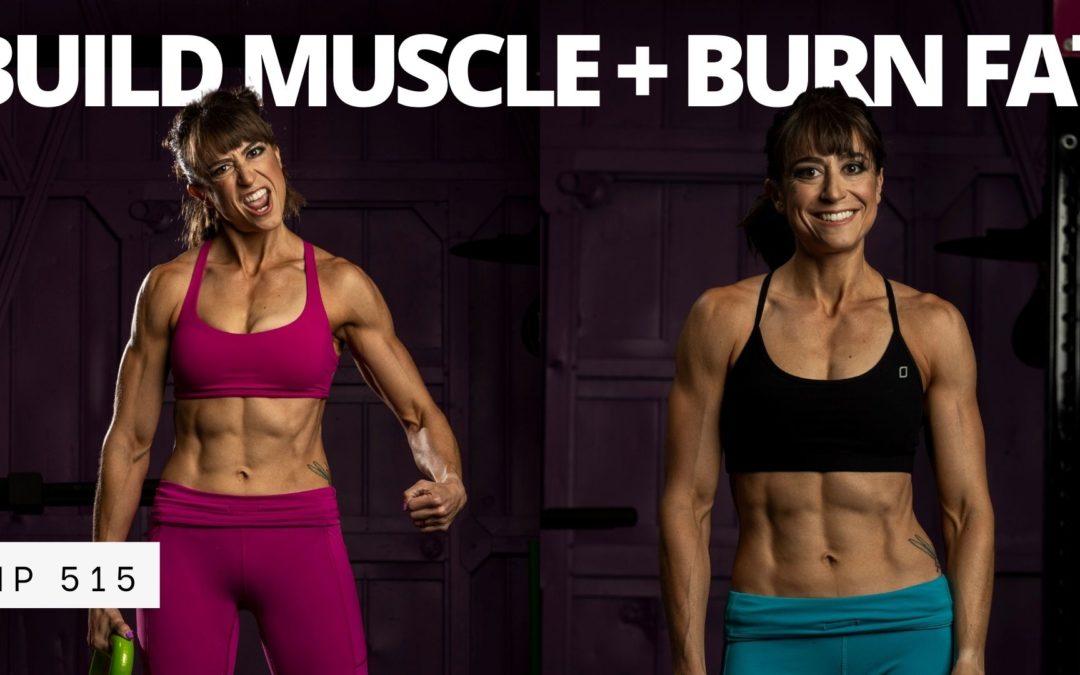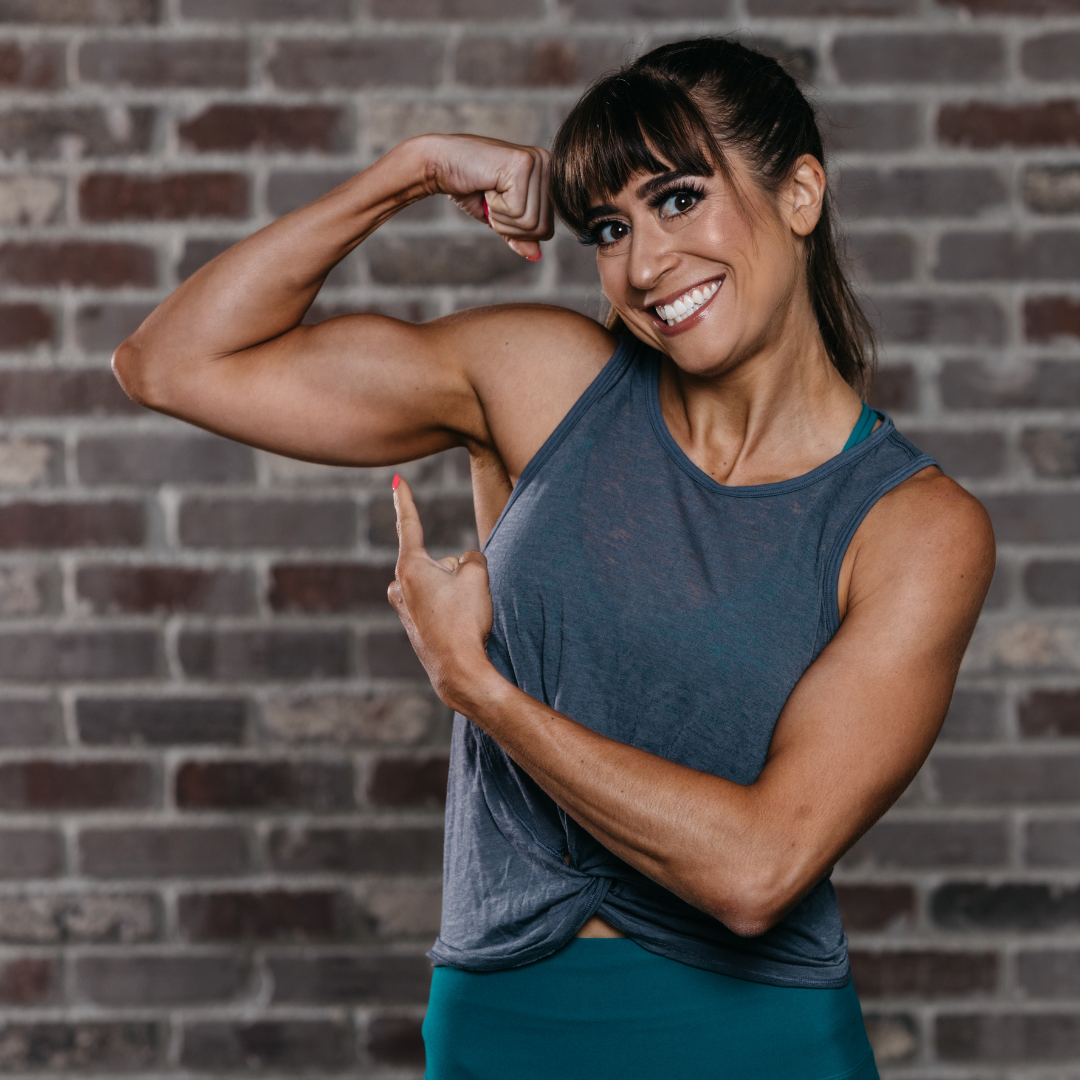
by Cori Lefkowith | Apr 25, 2023 | podcast
When it comes to fitness and nutrition, there are so many different viewpoints and opinions out there. With so much conflicting information, it can be hard to separate fact from fiction. In this episode, we’re going to debunk some of the most common myths that...

by Cori Lefkowith | Apr 23, 2023 | Blog, Exercises
“My weight loss results are so slow! I should probably just do more cardio!” Many of us have turned to cardio in the past to try to see better results faster. But not only may this additional cardio actually be SABOTAGING our fat loss results, we may see better...

by Cori Lefkowith | Apr 18, 2023 | podcast
Looking to lose fat and gain muscle at the same time? In this episode, we’re sharing 5 tips to help you achieve body recomposition and eat according to your needs and goals. First, we’ll cover how to determine if you need a calorie surplus or a calorie...

by Cori Lefkowith | Apr 17, 2023 | Blog, Exercises, Foam Rolling, Functional Fitness, Pain Relief
Are you one of the many people out there struggling with tight hips or hip pain? Whether it’s caused by a previous injury, sitting for long periods, or a sedentary lifestyle, hip pain and tight hips can be a major roadblock to your daily routine. Rehab work...

by Cori Lefkowith | Apr 11, 2023 | podcast
Slow Metabolism? Struggling with your sleep? In this episode, we’ll dive into your metabolism and discuss how we can keep it healthy as we age. Many of us believe that our metabolism slows down as we get older and that we’re doomed to gain weight, but...






